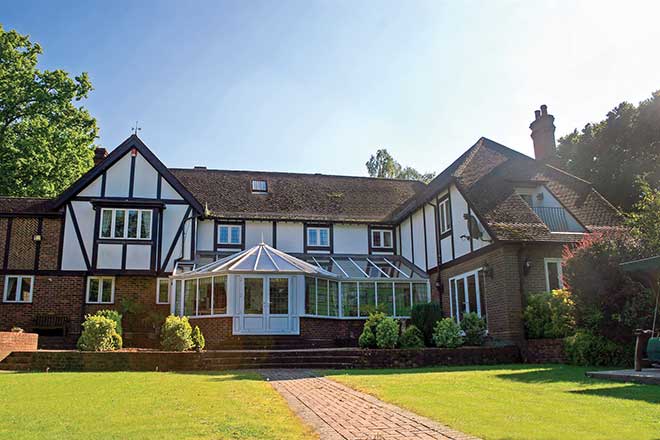inside look: conservatories
I recently have been working on a project to add a conservatory to a client’s home, and I thought it would be interesting to share the back story on this type of architecture.
Conservatories have a long past. Going back to the 13th century, Italian greenhouses were the ‘seed,’ so to speak, that began this architectural development. In Italy, early prototypes were known as limonaia, used primarily for the propagation and preservation of lemon trees.
During the 15th century in the Korean Peninsula, a version of the glass greenhouse was developed for growing mandarins. But it was really during the late 16th and early 17th centuries, when wealthy Europeans began to travel more and collect ‘exotic specimens,’ that the real need arose, especially in England. Keep in mind that during this time, glass was very expensive, so having a conservatory was a sign of wealth.
Wanting to be original, the English coined the term ‘orangeries’ for their structures. Theirs had the multipurpose of housing tropical fruits such as lemons, oranges and mandarins, as well as providing a charming social spot for afternoon tea. By English definition, the conservatory structure requires 50 percent of its sidewall area and 75 percent of its roof to be glazed. These areas must be translucent polycarbonate sheeting or glass.
Stateside in 1880, President Rutherford B. Hayes added a large Victorian-style cast iron conservatory to the west terrace of the White House that could be accessed by way of the dining room. In an ambitious remodel in 1902, President Teddy Roosevelt demolished the structure to make way for what is now known as the West Wing.
World War I and II put limits on certain materials, glass and iron being two of them, which greatly hindered construction of conservatories. Starting in the 1970s on, advances in construction created a new interest in this type of home addition. Still elegant and useful, the conservatory craze continues to grow.
Warm weather is synonymous with gardening. What do you do when spring begins and you can once again use the patio to add color and beauty? Why, container gardening, of course! It is a necessary accessory for your garden, just like a great pair of sandals is for your favorite summer dress. Whether you live in a huge manse, a cottage or a high rise, you can and should have a beautiful garden in containers.
Since I live in a high rise in both St. Louis and Palm Beach, container gardening is all I can do. So I enjoy putting my expertise to work for clients who want me to create a container garden in their much larger exterior spaces, with textures and colors that match their interior fabrics and finishes.
In my humble but honest opinion, no pool, patio, front entrance or garage door should be without colorful, potted vegetation. Just as we layer the inside of a home to create interest, we should do the same outside.
A few simple tips:
➤ When grouping pots, make sure you group in odd numbers.
➤ Vary the height of your pots in groupings, as well as the height of the plants.
➤ Use pots to define spaces, like the corners of a pool.
➤ Monochromatic use of color can be just as effective as an array of color.
➤ Create an herb garden with pots outside your kitchen door for easy access.
➤ Paint your pots fun colors and patterns, and add personal touches like your monogram.
➤ Change your summer flowers to fall species to enjoy your pots longer.
➤ Have fun, and be creative!
Your outdoor seating choices should be valued just as much as your interior pieces. It is important to consider comfort, style, color, fabric and trim when designing your upholstery and soft treatments for patios and porches. Textiles have come a long way since the first piece of cloth was woven thousands of years ago, and so have trims! I can remember a time when outdoor fabric and trim options were limited and quite pedestrian. The only way to dress up a cushion was to use contrast welt. But that’s no longer the case.
In the not too distant past, various manufacturers heard the outcry from the design trade that trims are of equal importance to create a sophisticated outdoor space.
As a result, trim of all types is now available: brush, cord, tape and loop to name a few—all weather-friendly. Consider using these finishing touches when planning your outdoor design scheme. Every curtain will look better with a trim on the face. Every toss pillow will plump prettier with a brush fringe around its frame. Every chair cushion will add definition with a rope cord used for trim. Think outside the box, and add one more layer to make an outdoor space your own.
